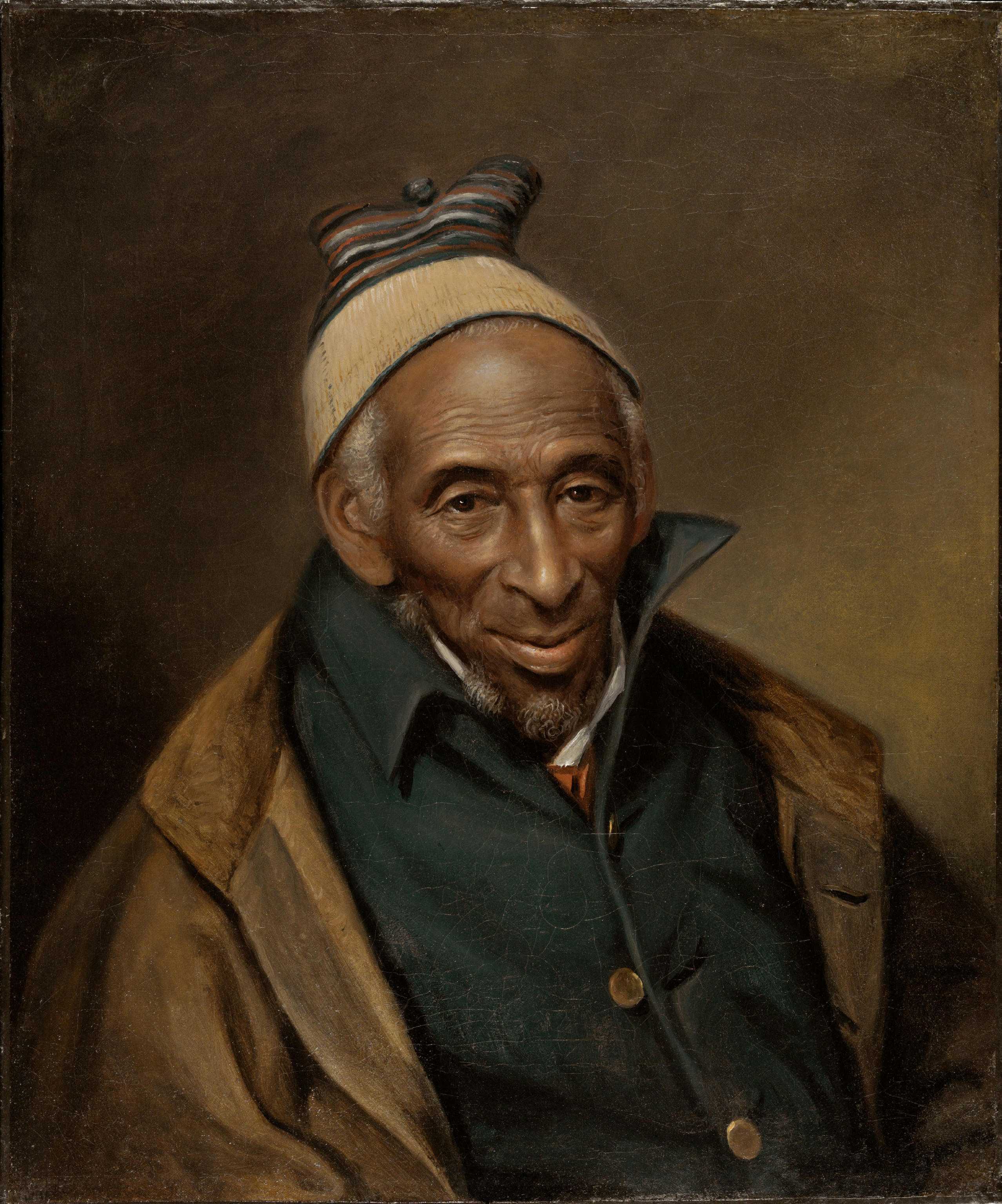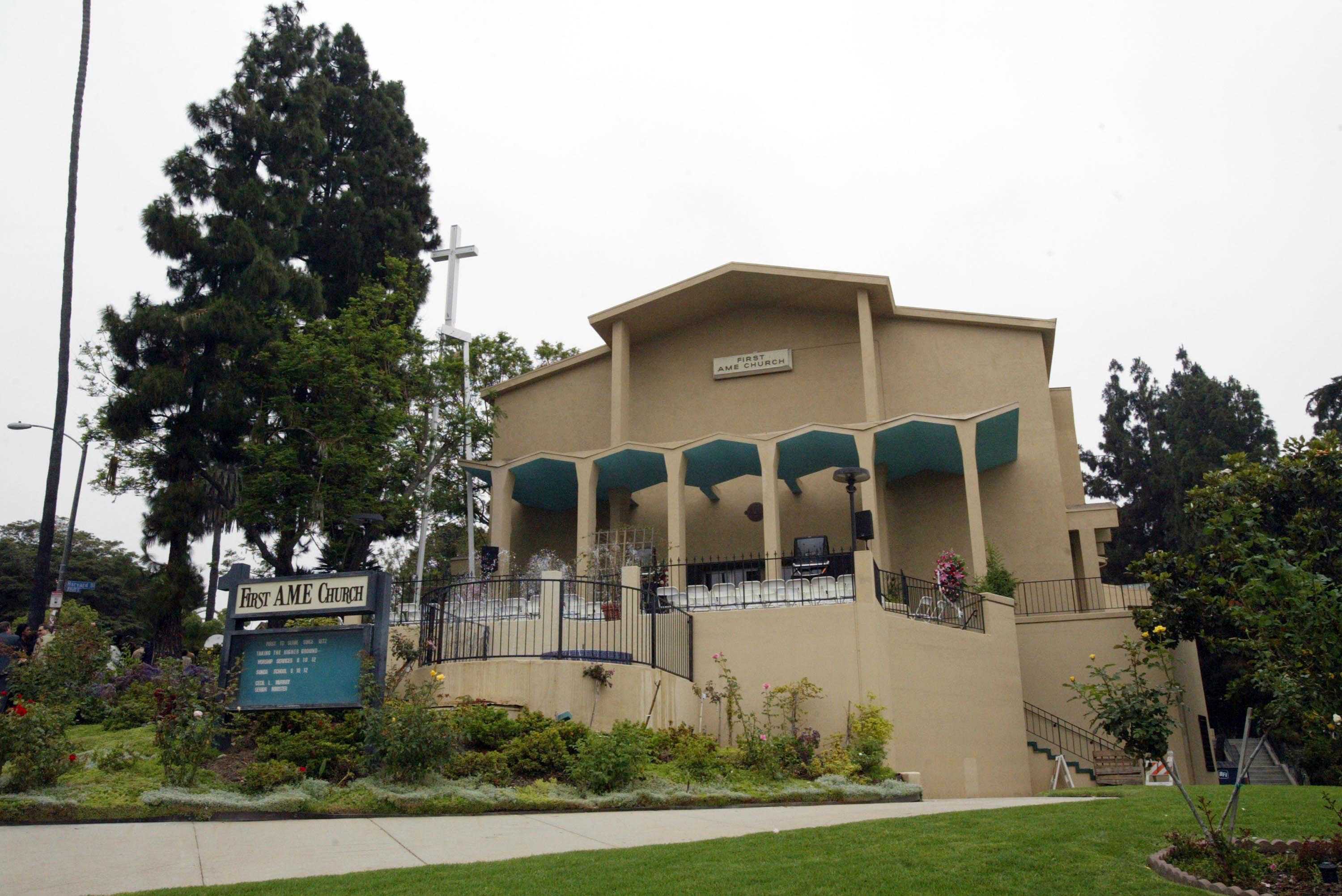Visions of Freedom: Community
During Reconstruction, formerly enslaved African Americans expressed their freedom by taking control of their own educational, religious, economic, and social lives. Independent institutions, including churches, schools, businesses, and associations, provided infrastructure for African American communities and refuge from white oppression. They also served as bases for political activism and leadership training.
Freedom to Worship
Congregation of St. Nicholas Church in St. Mary’s County, Maryland, ca. 1880
As newly freed people claimed their rights as citizens, they also claimed the right to freely practice their faith and fully participate in religious institutions. When white church leaders refused to recognize them as equal members, many Black Christians left those churches to establish their own congregations. Independent churches became the cornerstones for developing African American communities, where they served as sites for religious services, political meetings, and schools.
Presbyterian Church on Edisto Island
Presbyterian Church on Edisto Island, South Carolina, ca. 1876
Enslaved African Americans sat in segregated seating in the balcony of this church on Edisto Island, South Carolina, until the Civil War. When white congregants fled after the arrival of U.S. troops, freedpeople moved to the main floor and held their own services, led by an African American minister.
They also established a school at the church. In 1866, white members returned and reclaimed ownership of the building. The African American congregation left and established their own church, which they named Edisto Presbyterian Church.
This is one of the pews from the segregated balcony of the Presbyterian Church on Edisto Island. It was removed when the church was renovated in 2002.
Building Black Churches
After emancipation, African Americans established their own churches throughout the South. Many southern Black congregations joined northern Black denominations such as the African Methodist Episcopal (AME) Church.
They also received support from northern white churches, which ordained Black ministers and sent missionaries to help organize congregations. But the funds to build and sustain churches came from the local communities themselves. In building a church, African Americans expressed a commitment to both their faith and their freedom.
Leading from the Pulpit
Depiction of an African American congregation in Washington, D.C., from The Illustrated London News, 1876
Preachers used the power of oratory to inspire and educate their congregations. They drew on biblical accounts such as the Book of Exodus, which tells the story of God freeing the Israelites from slavery in Egypt. Such narratives helped guide newly freed people in the search for their own promised lands. During Reconstruction, as Black men gained the right to vote and run for office, many ministers also became leaders in local, state, and national politics.
Rev. Nelson W. Jordan
Rev. Nelson W. Jordan
Born enslaved in Albemarle County, Virginia, Nelson W. Jordan (1842–1922) enlisted in the U.S. Army in 1863. His unit, the 55th United States Colored Infantry Regiment, served in Tennessee, Mississippi, and Louisiana.
After the war, Jordan became a Baptist minister in Farmville, Virginia, pastoring four rural churches for nearly 60 years. His wife, Carrie Walker Jordan, was active in the Woman’s Baptist State Educational Convention and assisted him in his ministerial duties.
Foundations of Faith
From the first independent congregations established by free Black people in the early 1800s to today’s contemporary churches, temples, mosques, and synagogues, African Americans have built and developed diverse religious institutions that serve the spiritual and social needs of their communities.




Looking Forward: Black Churches in the Civil Rights Movement
Dr. Martin Luther King, Jr., Addressing a Rally, Sixteenth Street Baptist Church
The role of Black churches as a source of community support for the basic needs of their members, as a site for education, and as a center for political activism had a critical and long-lasting impact in the years after Reconstruction. During the Civil Rights Movement, church buildings served as meeting places and gathering locations for protests and rallies. Leaders such as Martin Luther King Jr. often gave speeches from the pulpit of local churches before protest marches.
